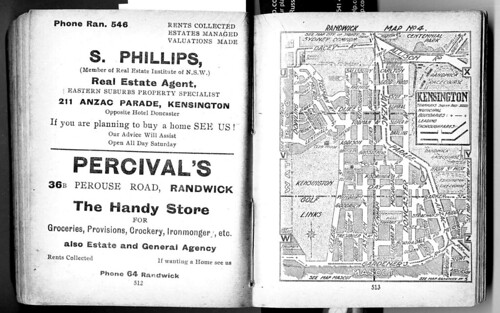There are also some interesting tram formations on this 1926 map, including the Dacey Ave line and the loop on the other side of Anzac Parade from the racetracks.
View Larger Map
My list of Sydney's race tracks and circuits.
or checkout my list of Sydney and surrounding airstrips and airports.
